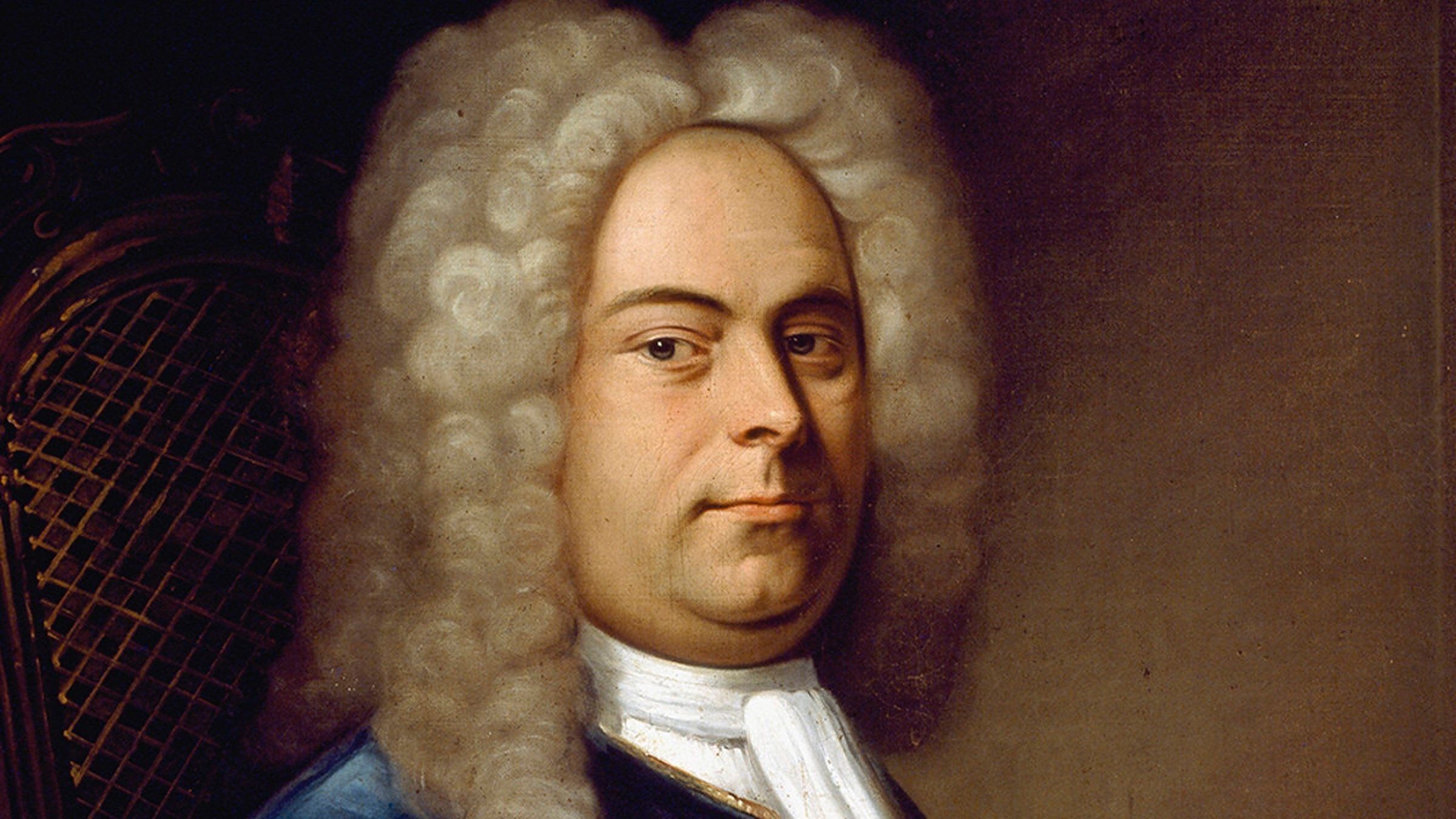Handel’s Fugue in A Minor, HWV 609: Haunting Chromaticism
For a brief moment, Handel’s Fugue in A Minor, HWV 609 could almost be mistaken for a twentieth century tone row. The first haunting pitches of the fugue’s subject are disorienting because they leap wildly beyond an octave. The chromaticism which underlies the subject clouds the tonal center. In the second half of the subject, a descending chromatic line suggests a sense of deep mystery and melancholy. The fugue unfolds as an …







